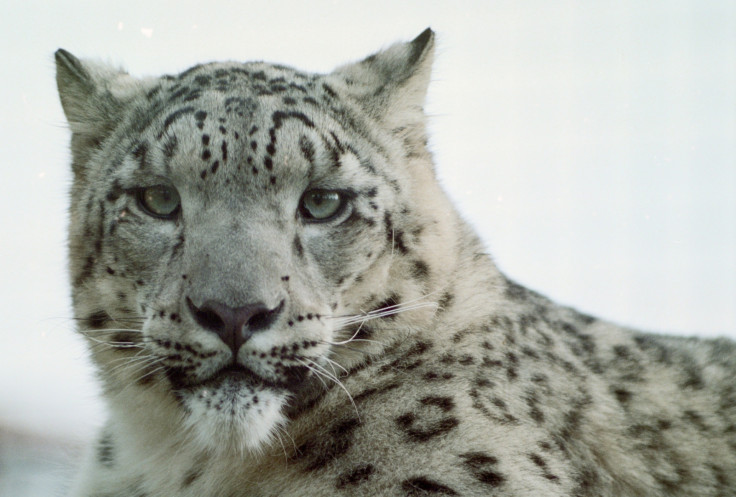Snow leopards no better adapted to living at high altitude than your everyday moggy

Snow leopards are apparently no better adapted to coping with the conditions than your average house cat, scientists have found. Happy to live at altitudes up to 6,000m, the mystery of how snow leopards cope with such little oxygen has long baffled scientists.
Cats of all varieties are known to be very poor at coping when oxygen is scarce – like the conditions found at high altitudes. Jay Storz from the University of Nebraska, explained: "Members of the cat family have haemoglobins [the protein that carries oxygen in the blood] with unusually low oxygen affinities." This, he said, makes it difficult for them to get oxygen from the air.
For this reason, Stortz and colleagues were looking to see if snow leopards had modified haemoglobin that allows them to carry more oxygen. Published in the Journal Of Experimental Biology, the scientists examined blood samples from African lions, a tiger, a leopard, four snow leopards and a panther. They cloned and sequenced the genes to look at the oxygen-carrying blood protein.
After analysing the protein sequence, they realised snow leopards carry the same haemoglobins that compromise the ability to carry oxygen as all other big cats. Indeed, they are structurally and functionally almost identical to house cats.
As a result, the researchers say snow leopards probably manage to live in high altitudes by breathing harder: "Given the low O2 affinity and reduced regulatory capacity of feline haemoglobins, the extreme hypoxia tolerance of snow leopards must be attributable to compensatory modifications of other steps in the O2-transport pathway." Study leader Jan Janecka, from Duquesne University, added: "It sounds crazy, but I think it is possible."
© Copyright IBTimes 2025. All rights reserved.






















